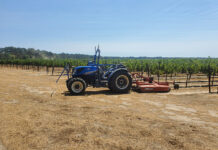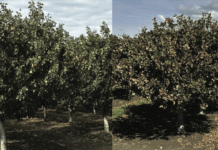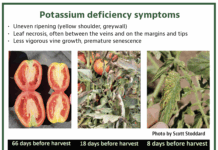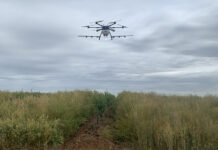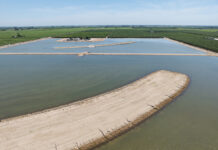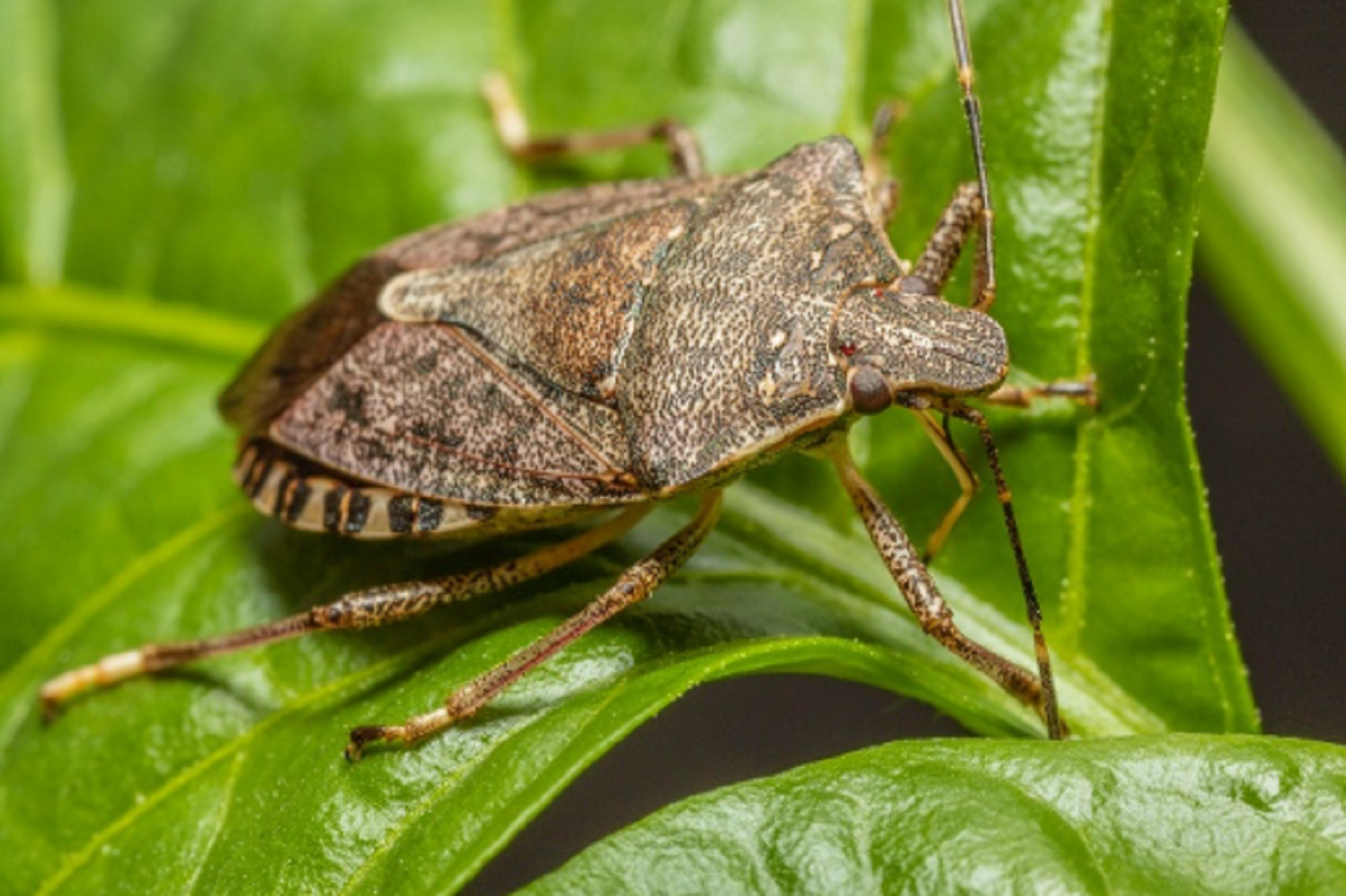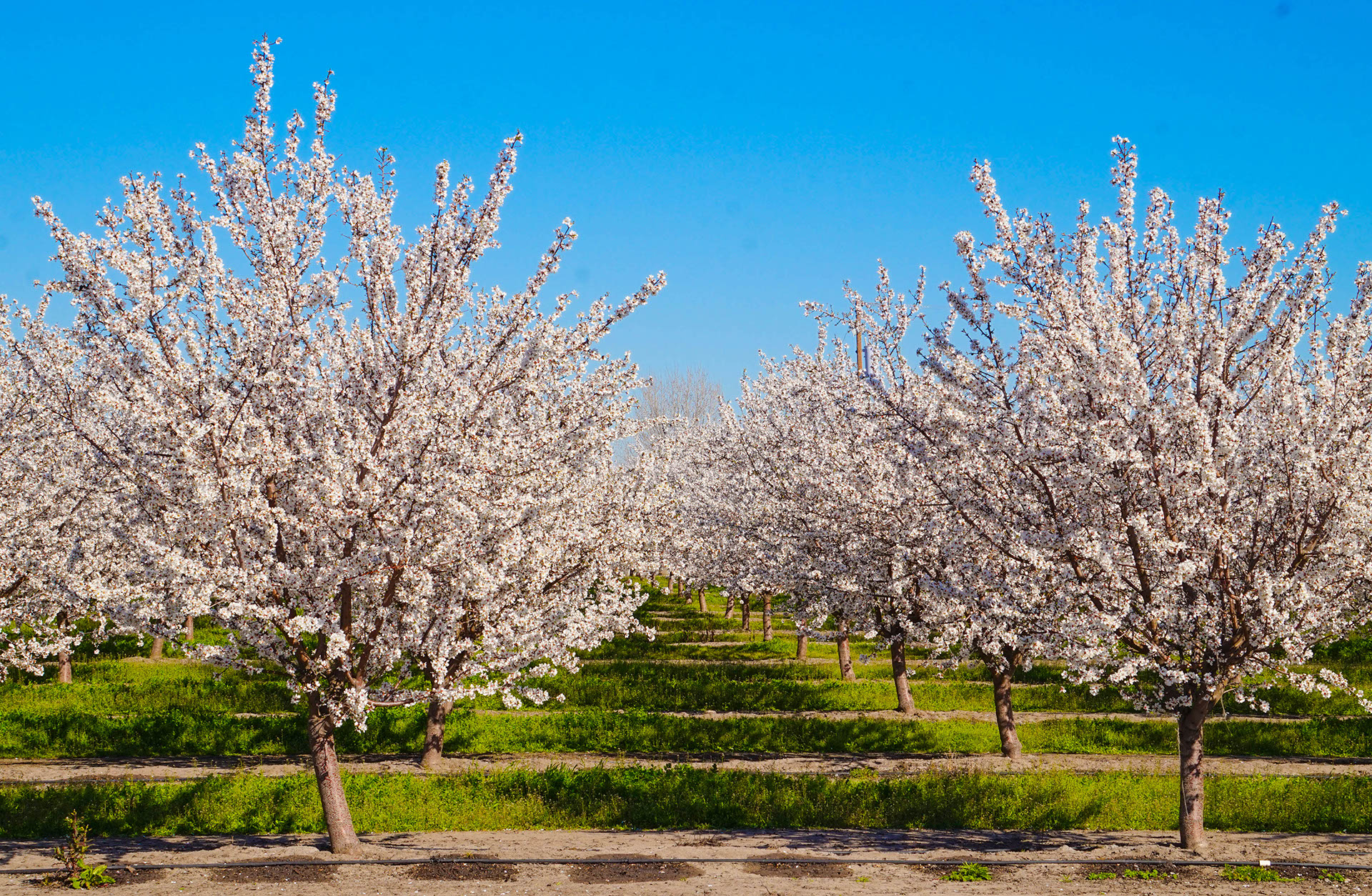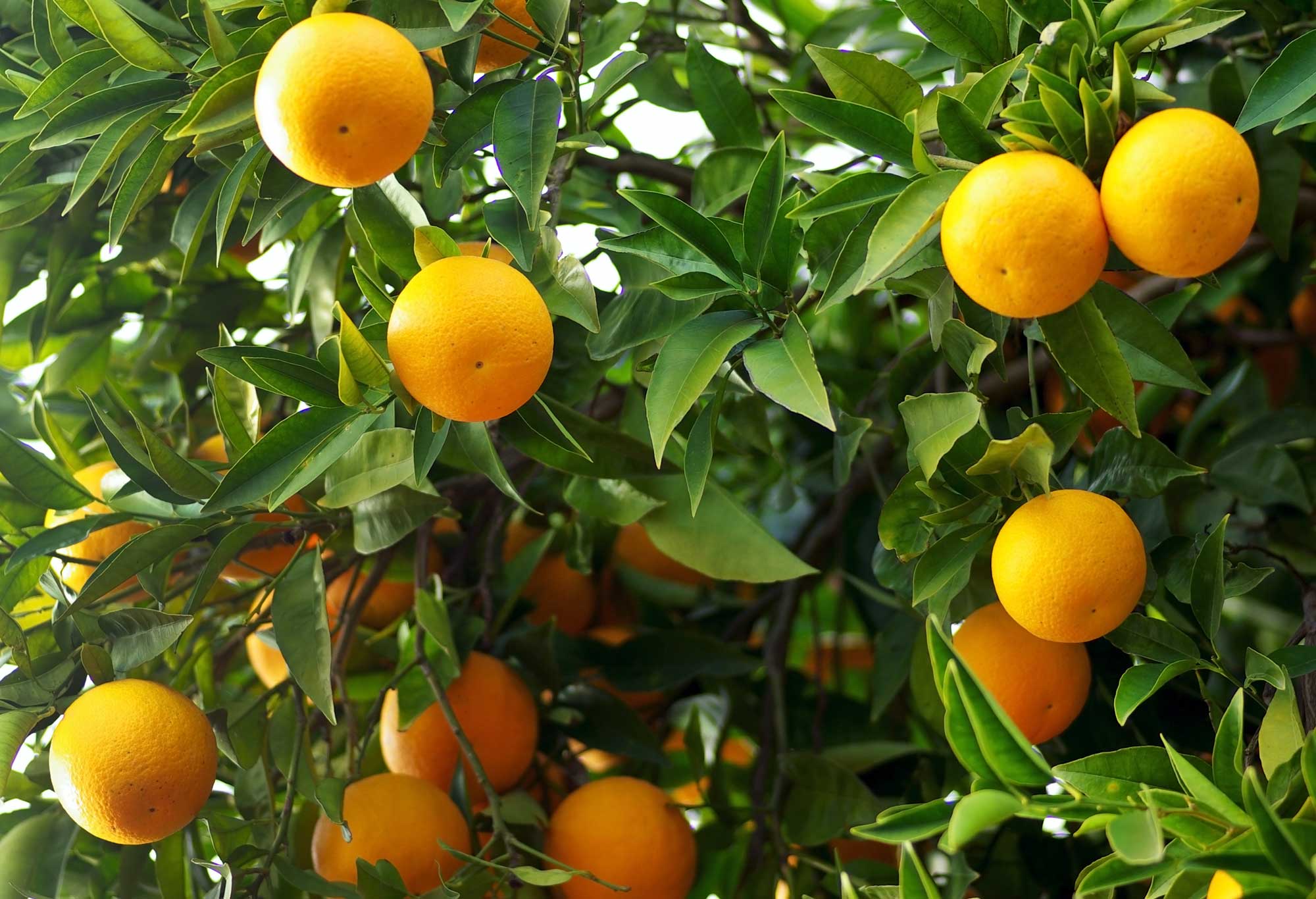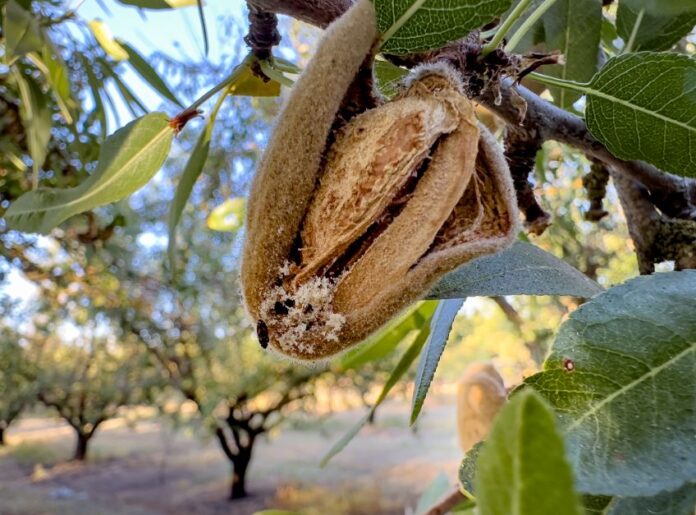
Carpophilus beetle, specifically Carpophilus truncatus, is a newer invasive pest making its presence known in almond and pistachio orchards across the San Joaquin Valley. First confirmed in 2023, Carpophilus beetle has been found in multiple orchards and is causing growing concern among researchers and consultants.
Almonds appear to be the beetle’s favorite host, though pistachios are likely a close second. “Very rarely we’re finding [them] in walnut orchards,” said Jhalendra Rijal, UCCE IPM advisor, “but pistachio and almonds are definitely susceptible.”
Building California Data
Because Carpophilus beetle is a relatively new pest to California, researchers have relied on studies from Australia (which has dealt with the pest for over a decade) to help form a starting point for local research.
Since detection, Rijal, who is based in the San Joaquin Valley, and other researchers have launched a wide-ranging study into the beetle’s biology and behavior in California conditions.
“We’re doing a lot of different research, figuring out their biology, field ecology, seasonal ecology, how we can potentially develop monitoring tools,” he said. “And if there are any other tools like insecticides and other things that would work.”
Pheromone Trap Shows Promise for Future Control
Among the more promising developments is a pheromone-based monitoring tool designed specifically for Carpophilus truncatus.
Traps using this pheromone, combined with a co-attractant, are already pulling in significant beetle counts in test orchards.
“It’s working really well. But so far … we’re using this as a monitoring tool,” Rijal said. “Potentially in the future, there might be the opportunity to work as a trap and kill or bait type of thing. We’re not there yet, but at least we have discovered this pheromone, and now we are testing its effectiveness in California orchards. Thanks to the researchers from Australia who discovered the pheromone, we are working collaboratively to test the lure in California and Australia.”
Rijal noted while the pheromone is not commercially available yet, hopefully it will be available in the next one to two years.
Winter Sanitation Remains the Foundation
In the absence of effective chemical controls, cultural practices, especially winter sanitation, remain the most important control tools available.
“Based on my experience in the last two, three seasons in the Northern San Joaquin Valley, a lot of orchards have Carpophilus beetle damage,” Rijal said. “I also basically see that if you have really good winter sanitation practices, then you will reduce the pressure in the orchard.”
Rijal explained that the beetles overwinter as adults in mummy nuts, particularly those on the ground.
“They actually build their population on the ground until they’re ready to infest on the hull split nut,” he said. “Because of that, you have mummy nuts as really the source where they can breed and build their population and cause higher damage.”
Rijal emphasized that sanitation is the most fundamental method of any Carpophilus management plan.
“I can’t imagine controlling Carpophilus beetle without doing winter sanitation,” he said. “And that’s the basis, that’s the first step.”
Rijal noted that sanitation efforts also suppress other pests, including navel orangeworm (NOW).
“You are not only controlling Carpophilus beetle, but also navel orangeworm with one stone, two birds,” he said. “So really, that should be the basic standard practice that at least the almond and pistachio nut crop growers should adopt.”
Identification Resources Available
With increasing reports of damage, proper pest identification is critical. Rijal and his team have developed a pictorial guide comparing Carpophilus beetle to navel orangeworm and ants at various life stages.
“[Growers and consultants] can find those, if they Google it, the guidelines for Carpophilus beetle in California orchards,” he said. “It’s also housed in one of my websites, ipmcorner.com. It’s also replicated or put out by Sacramento Valley Orchard Source.”
Rijal encouraged consultants to share the pest identification resources and to direct questions to local farm advisors.
He stressed that managing Carpophilus beetle requires collaboration across the industry.
“It’s a group effort because it’s become a bigger issue that we cannot tackle in one way,” Rijal said. “There is a lot of variability in terms of the environment. And the Carpophilus beetle seems to be highly influenced by that.”
With environmental conditions like rainfall, which favors the Carpophilus beetle population, playing a role in population dynamics, region-specific approaches may be necessary. Soggy or moldy mummy nuts, which are often found on the orchard floor due to moist and humid conditions, significantly help Carpophilus beetle survival until the fresh hull split nuts are ready.
“That’s why we kind of team up and are doing this work up and down the valley,” Rijal said.




